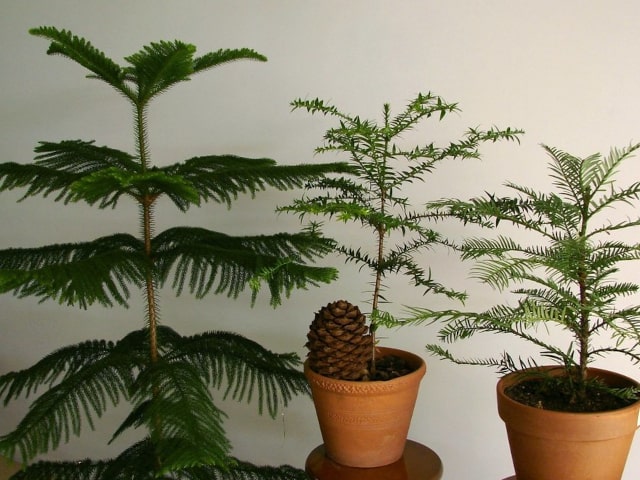
Norfolk Island pines make very beautiful, small, potted Christmas trees. Many plant growers like to personally decorate their Norfolk pines with red ribbons, ornaments and foil.
Norfolk Island pine (Araucaria heterophylla) is a beautiful houseplant and it makes excellent decoration during holiday seasons. Sometimes, it's even possible to buy readily available Norfolk pines potted in small, 4 to 6 inches big containers. Many of them are sold completely decorated so they can be used immediately to decorate your home.
Those who like to grow their own Norfolk pines will be excited to know it's relatively easy to grow them in your house. However, it's important to note that they are very tender so they can't be planted outdoors in cold climates.
There are some issues plant growers will need to overcome. Norfolk pines require the right amount of light and proper potting. Some of the things that can harm them include: over fertilizing, weak root system and low light. However, all these problems are easily solved with proper care.
One thing it's also important to remember is that Norfolk pine, just like other Araucaria plants, is not really a pine. The name "Norfolk Island" comes from an island in the pacific where this plant is native. There are about 15 species in the Araucaria family, but only Araucaria heterophylla is suitable for growing indoors.
Potting Basics
This plant doesn't enjoy low light conditions, but unlike other conifers it can tolerate it. It's vital to remember that when plants are grown under low light they tend to droop.
Norfolk Island pines typically grow to a height of 4 to 10 inches. There are some individual plants, though, which can grow to larger sizes.
It's best to plant them as multiples of three plants per pot. This will produce a fuller and wider plant. However, even a single straight plant can be very attractive.
These plants can be successfully grown from cuttings. A few decades ago, these plants were grown in nurseries where you could order a large rooted plant and have it shipped to you. Today, however, most Norfolk Island pines are grown from seed.
Typically, these plants are grown out in full sun. This makes them thrive and make compact plants. However, the downside is that plants grown in this way tend to be a little pale in color. Once a plant reaches its desired height it's advisable to move it into more shade. This will usually make it to color up.
Advantages and Disadvantages
One of the best things about Norfolk pines is that they rarely have any real problems with pests. Any potential pest will quickly be eliminated with any natural pest solution. You really don't have to worry about pests with Norfolk Island pines.
The main disadvantage to these plants is that they tend to have a weak root system. It's typical for foliage plants to have an abundance of roots but without a main tap root. Norfolk pines have a main tap root but it doesn't develop a wide, extensive root system.
Therefore, it's very important to always keep your plant completely stable and prevent any potential "wobble" that might happen.
After shipping, Norfolk pines may need to be staked. In some cases, they even need to be restaked. By doing this, you will ensure that they stay upright. It will also stabilize any potential movements that can injure the root system.
Another thing to keep in mind is that many foliage plants also tend to drop leaves when they are put under stress. The good thing is that this rarely happens with Norfolk Island pines: they rarely drop leaves when they are under stress.
Repotting and Watering
With Norfolk Island pine, it's always the best to keep the soil dry. However, when you water the plant, water thoroughly and make sure to drain off all of the excess water. Never allow the plant to sit in water. Remember, overwatering can cause its root system to rot and the plant might die.
When it comes to repotting, it's usually the best to refrain from doing it. It's easy to damage its delicate root system by repotting. Also, repotting will make extra moisture to be held in the soil, and the plant may also be planted too deep. All these things can lead to root problems.
All in all, it's important to care for the root system of your Norfolk Island pine.
Main Things to Remember
Here's a quick list of things you should remember when caring for your Norfolk Island pine:
- Don't fertilize it.
- Don't repot it.
- Always stake the plant.
- Make sure to keep the soil on the dry side.
- Provide your Norfolk Island pine with as much light as possible.
Photo credit: Tatters
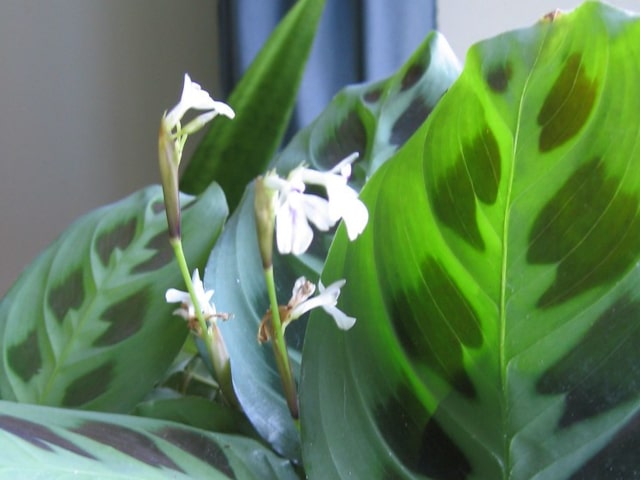
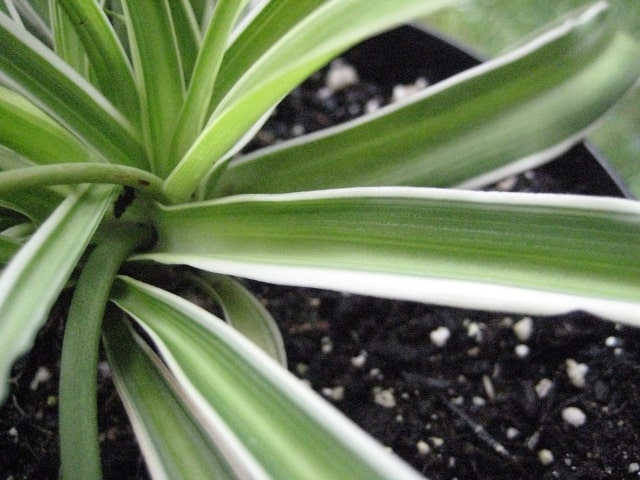
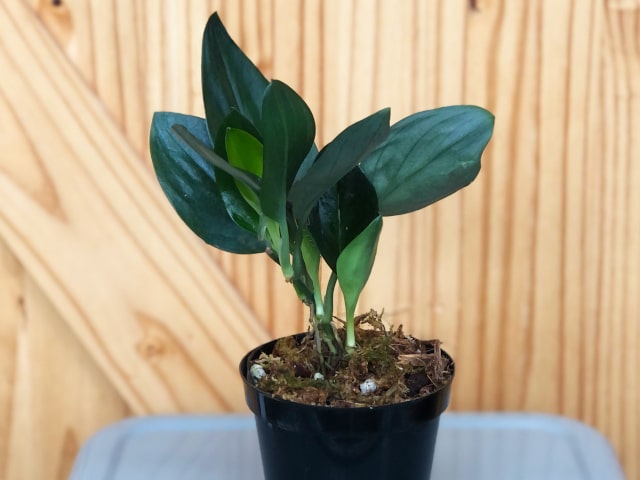
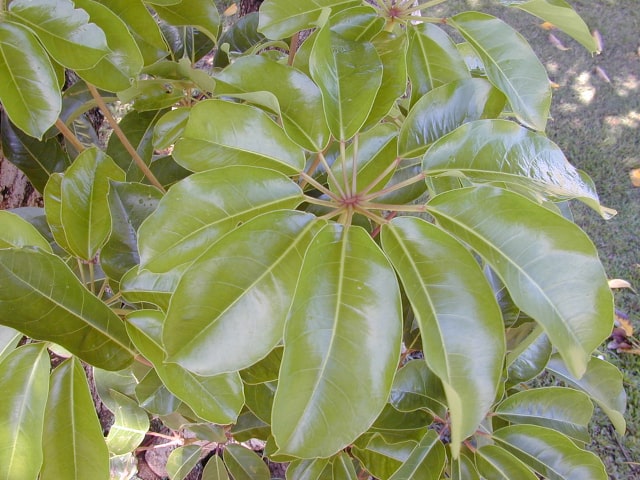
4 Comments
I bought a Norfolk Island Pine this past Christmas. I have read not to repot it, but it came in a plastic potting container. I want it to grow as much as it can, but not sure the plastic pot is the best. It's also not very pretty! So, any tips I'm very hesitant to repot it because I want to keep this for years. Thank you!
I have a "double" Norfolk pine approximately 30 feet tall. I planted the tree(s) 30 years ago, and they are very beautiful. Recently, I noticed my white plastic 6' fence behind the tree pulling apart from the post. I dug down a few inches under the fence and discovered a large root - maybe 6" in diameter that looks like it is pushing the post toward my neighbor's property. It appears that to stop the pushing, I would have to sever the root. Will this kill the tree(s)?
I hate when I read that you should not replant or fertilize your Norfolk. I killed my first Norfolk by not reporting or fertilizing. My 2 Norfolk's now are 6 ft and 4 feet tall. I replanted them when I received them. I replant them every 3 years and they love it. I fertilize twice a year with Alaska fish pellets and my Norfolk's are thriving. I never have browning or leaf drop.